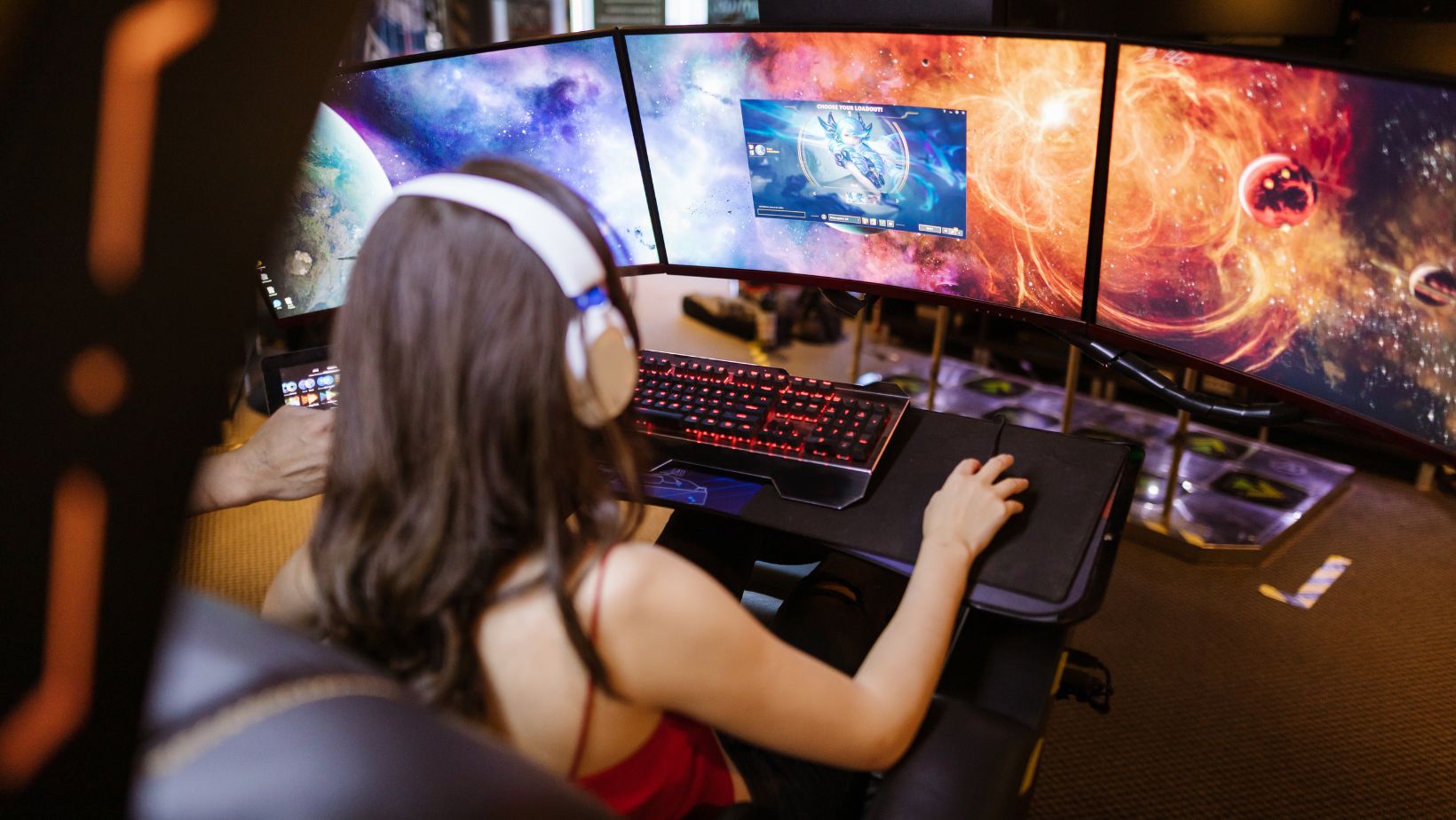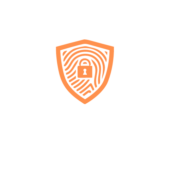
The gaming industry’s economic model has shifted dramatically. Content creators now generate substantial revenue streams within established game ecosystems, turning user modification into legitimate business ventures. Revenue statistics from platforms like Steam Workshop and Roblox Creator Marketplace show individual creators earning six-figure incomes through digital content sales.
The data reveals interesting patterns. Market analysis indicates that one creator-made mod for Skyrim generated over $100,000 in its first year alone. This transformation reflects a broader trend where user creativity meets marketplace economics. Similar economic dynamics appear in betting platforms — just as 1xbet free promotions attract initial users to gaming markets, successful content creators often use free samples to build audiences before monetizing premium content.
Research shows that successful content creators typically follow specific revenue models. Direct sales represent 45% of creator income, with subscription models accounting for 35%, and donation-based support covering the remaining 20%. These figures demonstrate that sustainable creator economies require diverse income streams.
Marketplace Dynamics and Revenue Distribution
The economics of user-generated content marketplaces reveal complex revenue-sharing arrangements. Game content marketplace analysis demonstrates how platforms balance creator incentives with operational costs. Current data shows that top-performing marketplaces offer creators 60-80% of net revenue, with the remainder covering platform maintenance and transaction processing.

Interesting market patterns have emerged. Content creators specializing in cosmetic modifications typically see higher profit margins compared to those producing gameplay changes. The reasoning centers on lower production costs and broader market appeal. Some creators report that selling virtual fashion items generates 3x more revenue than complex game mechanics modifications.
Key factors affecting creator revenue in game marketplaces:
- Platform revenue split percentages ranging from 30-70% for creators
- Content category performance metrics showing cosmetics outperforming gameplay mods
- Download velocity patterns within first 30 days determining long-term success
- Geographic market variations impacting price elasticity
- Platform promotional cycles affecting content visibility and sales
Market velocity tracking represents another dimension. Early adopters often capture 70% of total revenue within the first six months of content release. This pattern mirrors betting markets where initial odds often determine long-term payouts. Statistical analysis shows that content reaching 10,000 downloads within the first week maintains strong monetization potential throughout its lifecycle.
Community-Driven Development and Monetization Strategies
Revenue generation strategies among content creators vary significantly based on game platform and audience demographics. Content creator monetization strategies gaming reveals that subscription-based models work best in MMO environments, while one-time purchases dominate single-player game modifications.
Creator interviews suggest that building sustainable income requires understanding market timing. Many successful creators release free content to build reputation before introducing premium offerings. This approach resembles customer acquisition strategies in other digital markets — establishing trust before monetization.

Analytics from leading platforms show that content creators averaging 5-7 releases annually maintain more stable income compared to those releasing sporadically. Regular release schedules create anticipation and sustained audience engagement. Community feedback loops play a critical role, with creators who actively engage with user comments seeing 40% higher lifetime value from their content.
Future Trends in Creator Economics
The creator economy within gaming continues to expand through technological advancement. Virtual reality content creation shows particular promise, with early VR modders reporting 150% higher average revenue compared to traditional 2D content creators. This growth pattern suggests that creators who adapt to emerging technologies gain competitive advantages.
Artificial intelligence tools are reshaping content creation workflows. Creators using AI assistance report 60% reduction in development time while maintaining quality standards. This efficiency gain directly impacts profitability, allowing creators to produce more content without proportional increases in labor costs.
Cross-platform content distribution represents another growing trend. Creators who adapt their content for multiple gaming platforms typically see 80% higher total revenue compared to platform-exclusive creators. This diversification strategy reduces market risk while expanding audience reach.
Looking ahead, integration of blockchain technology promises new monetization possibilities. Early trials of NFT-based game modifications show mixed results, with some creators achieving significant sales while others struggle with technical implementation. Market adoption rates suggest that mainstream integration remains several years away.
